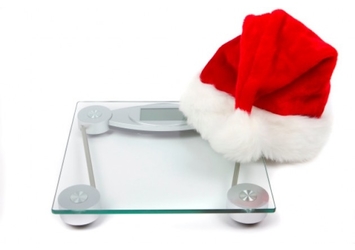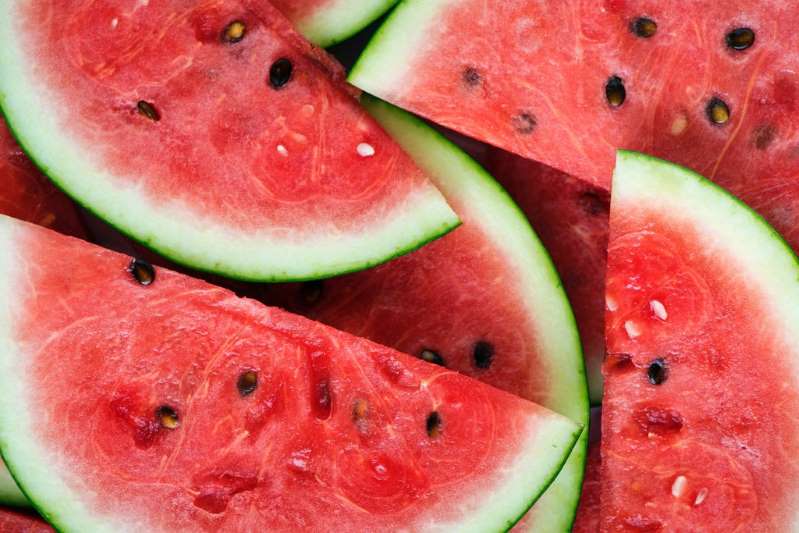Sushi is a popular Japanese culinary creation offered at restaurants throughout the world. It is typically made of cold, boiled rice formed into rolls and accompanied by a varying mixture of raw fish, vegetables or seaweed wraps. Traditional sushi has expanded to include cooked fish as well as a wide range of other ingredients depending on the creativity of the chef.
Although some sushi rolls can be relatively high in calories, it is also possible to choose low-calorie rolls that can help you reduce your overall calorie intake and lose weight.
Step 1: Order sashimi at the beginning of your sushi meal. Fill up on this thinly sliced fresh and raw seafood that contains very little calories to reduce your overall calorie intake for the meal.
Step 2: Avoid tempura or any other sushi roll which is breaded and fried. The breading and frying oil increase the total calorie value of the roll.
Step 3: Do not order rolls that feature mayo or cream cheese. Stick to rolls including fish or vegetables instead of ones with fat-laden sauces or ingredients. Avoid popular Americanized sushi rolls such as the "Philadelphia," which features cream cheese.
Step 4: Trade out soy sauce for wasabi or hot mustard, or use low-sodium soy sauce. Sodium causes your body to retain water, which can lead to temporary weight gain. High sodium levels also attract water to your blood, which increases blood volume and can lead to an unhealthy rise in your blood pressure, states MayoClinic.com.
Step 5: Order sushi loaded with vegetables for added fiber. Vegetables have less calories per serving, and their fiber leaves you feeling fuller for longer between meals. Look for rolls with cucumber, carrots or daikon radish. Avocado is allowed as long as it is consumed in moderation.
Step 6: Drink unsweetened green tea with your sushi rolls instead of soda or other high-calorie beverages. Green tea has less than 10 calories per 12-oz. serving in comparison to some sodas, which can have as many as 140 calories for the same serving size.




























